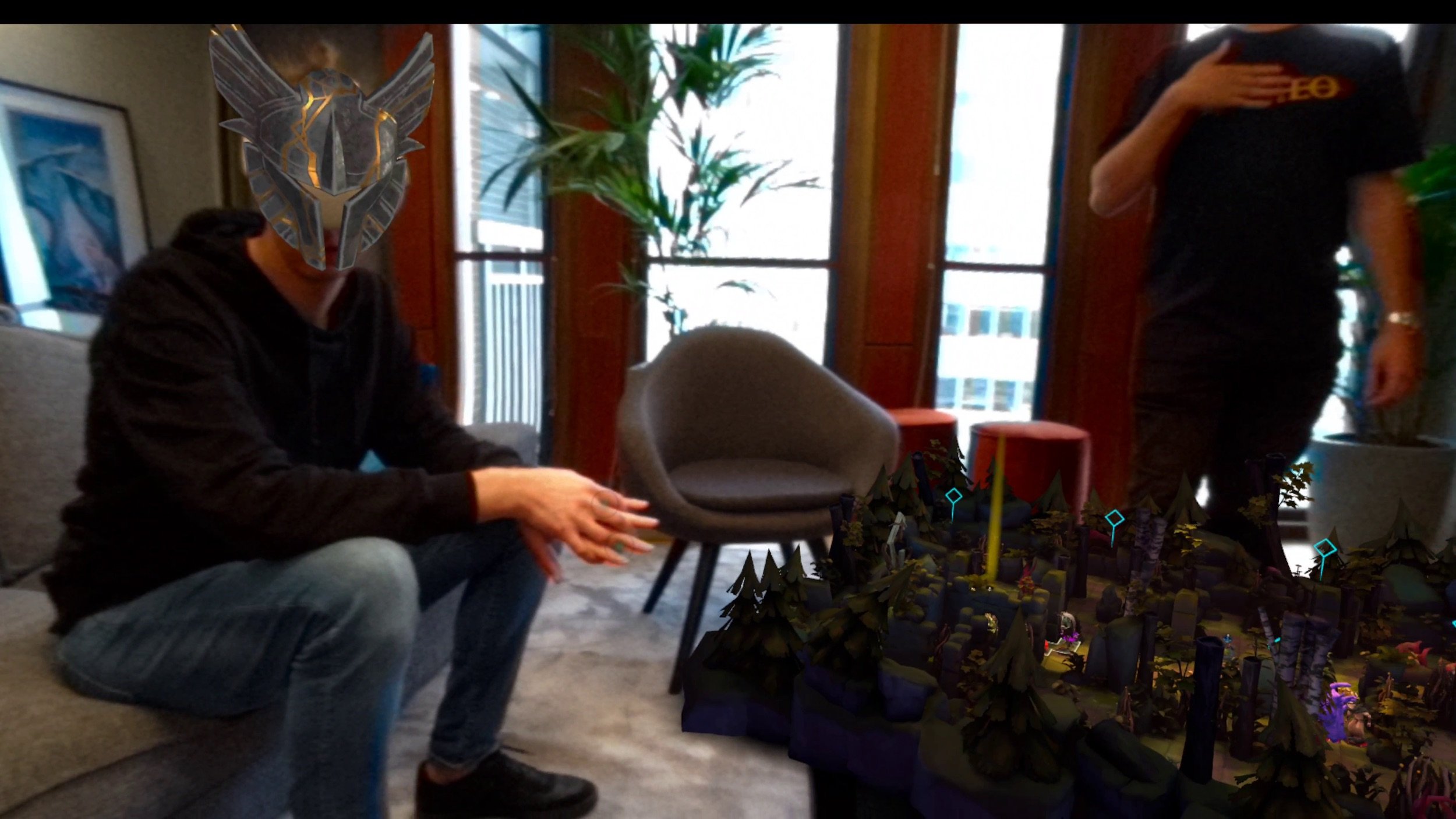What is Mixed Reality?
With new headsets coming to the market, there are a lot of buzzwords and confusing terms in the industry right now when it comes to everything under the “XR” or “spatial computing” umbrella. So, we at Resolution Games have set out to clear up a few things.
So what exactly are XR, spatial computing, virtual reality (VR), augmented reality (AR) and mixed reality (MR)?
Things are changing fast in this industry, and you can get pretty into the weeds for some of these definitions, but for the sake of clarity, we are going to focus on a higher level of where things stand in the industry today. You can check out our quick video, “What is MR?”, but for more details, read on.
XR/Spatial Computing - For purposes of this blog, we are going to use these terms synonymously. XR has historically been the more mainstream term used to describe the overall immersive tech industry, and while in years past both Google and Magic Leap used the term “spatial computing,” it has recently received a resurgence of attention. In short, whether you say XR or spatial computing, we see these as umbrella terms for the sector of technology that includes VR, AR, and MR.
Virtual Reality (VR) - VR is a fully immersive technology. Experienced entirely within a headset, users are surrounded by a completely virtual world that they can interact with. While convincing, nothing you see in VR is real. Even your own hand movements, whether controlled with controllers or direct with hand-tracking, are recreated digitally. Previously, VR has made up the bulk of consumer gaming experiences in the XR industry, and will continue to play a role well into the future — as with our upcoming game Racket Club. You can check out all of our VR experiences here.
Augmented Reality (AR) – While the term was initially used to describe wearables like pure augmented reality glasses (such as Magic Leap, for which we created the game Glimt: The Vanishing at the Grand Starlight Hotel), most people nowadays think of AR as what you see when digital elements of play are placed on top of your real world on your mobile device, like Angry Birds AR: Isle of Pigs or Pokemon Go, or using a Snapchat Lens or other photo filter. These experiences blend the real and digital, but typically lack the ability to interact with environments or real objects in meaningful or more truly immersive ways.
Mixed Reality (MR) - This is a newer term. And it's evolving. So what is it? First off, you need a headset for this as well. An easy way to think of mixed reality is kind of like augmented reality in an XR headset, but with digital elements that are capable of interacting with your environment. A headset capable of MR can scan your room — as well as the objects within it — to achieve a level of immersion in a real environment that was only previously available in the virtual worlds of VR.
For example, imagine placing a virtual tabletop game board like Demeo onto your real kitchen table (like in the picture below <image>), and being able to directly use your hands with hand tracking to roll the virtual dice off the table and onto your floor. Or playing a team deathmatch shooter in your living room, where the headset can recognize the real furniture you can hide behind, as well as the positions and actions of the other players in the room with you. It might sound like science fiction, but we’re already making games like this today, such as Spatial Ops.
By combining the real with the imagined, mixed reality truly offers the best of both worlds. While there will always be experiences tailor-made for VR and AR, mixed reality provides an optimal experience for those keen to bring the magic of games into their homes and beyond. It’s also great for those who prefer to stay aware of their surroundings — and there are plenty of other great reasons to give it a try.
For developers, there is a great amount of flexibility to create magic with MR since you can manipulate the space more easily and meld digital and the real world together, like opening a portal to a whole other world right in your living room.
That’s why at Resolution Games, we are currently focusing 50% of our efforts on MR experiences. We have several playable MR experiences - including Demeo, Spatial Ops and Blaston - available in the stores already, with several more in the hopper.
For more information on our mixed reality initiatives, visit https://www.resolutiongames.com/mixed-reality-games.

